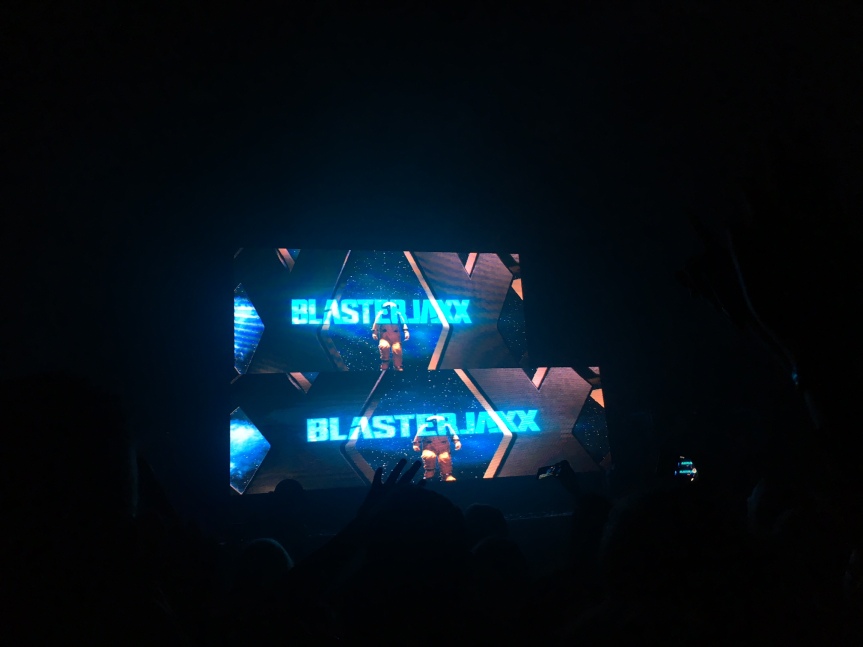Most people think Electronic Dance Music (EDM) is the music of the 21st century. The truth is, it’s been around for nearly 50 years. While the EDM songs we hear today show a drastic difference in comparison to the late 1970’s/early 1980’s disco songs, this is all due to evolution. EDM is combined of multiple subgenres: House, Drum ‘n’ Bass, Dubstep, Trap and Hardstyle, which all have a background story to how they formed the popular EDM genre.
The first ever electronic music producer was Delia Derbyshire, an English electronic sound synthesist. She produced the 1963 “Doctor Who” theme song and contributed to the debut album An Electric Storm by White Noise. She was a trainee studio manager at the BBC, where she produced music for drama and documentary programmes.
The 70’s were all about the groovy tunes and boogie nights when Disco music came along. The Funk, Soul, Pop and Electronic combo had DJs playing in clubs for the audience to experience a bit of the “Saturday Night Fever”. The repetitive electronic beats, a typical feature of EDM, started when Giorgio Moroder, an Italian producer and DJ of disco and electronic music, included constant percussive beats into his tracks.
However, the two particular artists who were the real innovators of the new genre and started its popularity through incorporating early disco and house, were the Kraftwerk, a German electronic music band, and the “Queen of Disco”, Donna Summer.
In a club called Warehouse in Chicago back in 1977, marginalised black and gay communities were able to safely enjoy their nights out while listening to house tracks of an American DJ, Frankie Knuckles, AKA “The Godfather of House Music”. The mixture of disco, soul, occasional rock and European synth-disco (Eurosynth) that Frankie Knuckles put together created the next genre – House music. At the same time in Detroit, a group of teenagers called the Belleville Trio; Juan Atkins, Derrick May and Kevin Saunders, created the “Detroit Techno”, the type of music that fast forwards you into the future.
The 80’s and 90’s included warehouse and underground parties featuring House and Techno music, which later shaped EDM culture. However, EDM had a rough start as it involved illegal parties, hard drugs overtaking softer drugs such as ecstasy, which lead to Conservative parties trying to ban “raves”, the underground parties.
In 1990, Fatboy Slim (Norman Cook) had his first UK number one hit, “Dub Be Good to Me” spark interest in the American revolution of “electronica” music. However, ever since Madonna released “Ray of Light” in 1998, EDM became a more prominent genre amongst music listeners.
Finally, the 2000s, when EDM became a well known and official genre, with new, popular artists, such as Skrillex (innovator of so-called “bro step”), engaging into the world of raves. EDM events (Tomorrowland, EDC, Defqn) started to have a huge impact on the evolution of the genre, as major performers started getting involved. Avicii, David Guetta, Deamau5, Swedish House Mafia, Martin Garrix, Tiesto, Armin van Buuren, Hardwell – the most well-known DJs that have taken over the EDM culture are known as the next rave generation.
From a recent survey I have conducted, I found that there is a fair amount of EDM listeners these days, as I was able to gather a vote of 47%. The results have also shown that out of the six named artists (Martin Garrix, Hardwell, Armin van Buuren, Tiesto, Steve Aoki and David Guetta) Martin Garrix has the highest vote currently reaching at nearly 14% as the most favourable. Some contributors to the survey mentioned other artists, such as Calvin Harris, Madeon and The Chainsmokers, who are currently well known electronic dance DJs. When asked whether this generation’s most popular music genre is EDM, around 65% voted that it is popular, but it is not this generation’s most popular genre, comparing to the 28% that voted “definitely”.
New artists are constantly on their way to fame, one of which is Blasterjaxx, two Dutch DJs Thom Jongkind and Idir Makhlaf, that have already been able to push their hits globally with the amount of opportunities they are currently given for tours.
In January, the up and coming duo, Blasterjaxx, visited the O2 Academy in Glasgow to perform as the major act during the Colours Twenty Two event and are soon off to their new destination on tour to the Phagwa Festival in Suriname, on the north of South America.

With the reassuring amount of EDM listeners these days, up and coming electronic dance DJ talent is bound to make this music genre one of the most popular for the next couple of years.


I actually liked reading this post. Occasionally I come across articles that makes me want to get started on bloggin as well. All the best!
LikeLike